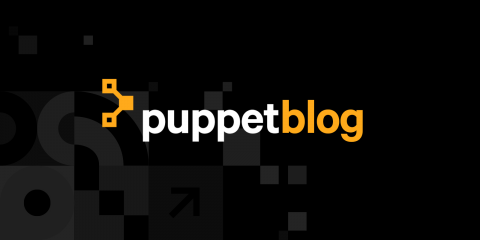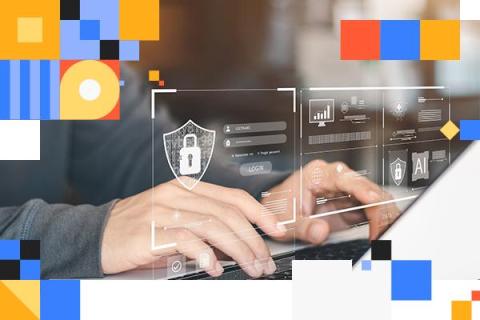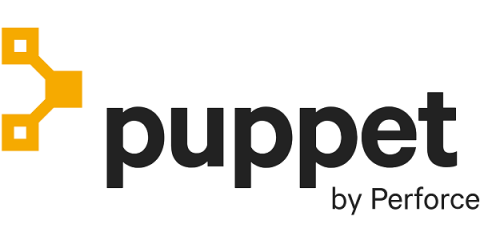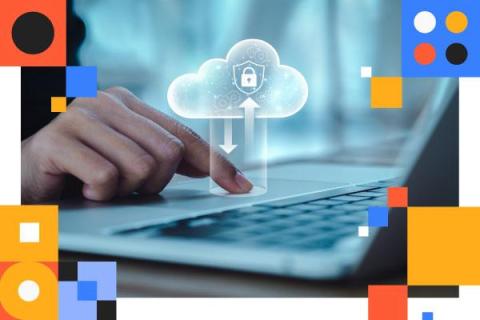Stay Ahead of Known Vulnerabilities with Automated Patch Management
The consequences of not patching are everywhere: remember the Log4j vulnerability that grants hackers complete access to your devices? The best way to prevent this from happening is to use a patched version of Log4j — so why did this become a catastrophic and prolific security vulnerability event? A: Because people hate, forget, or simply dismiss patching as a labor-intensive part of managing their infrastructure.









